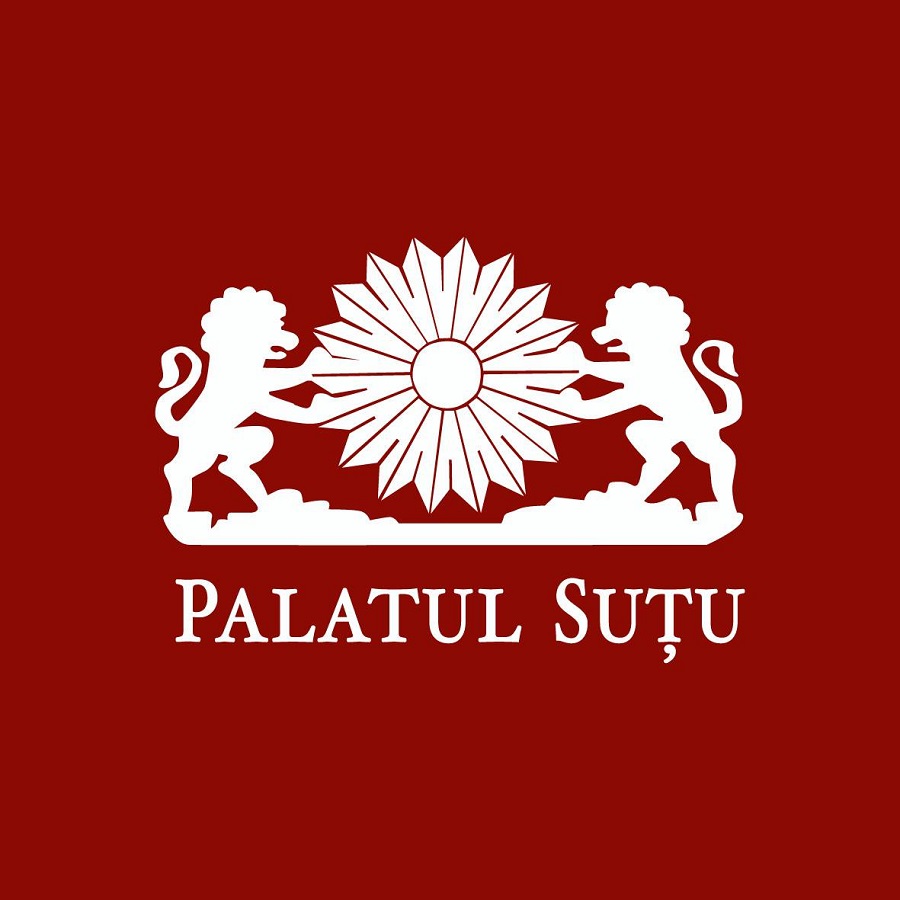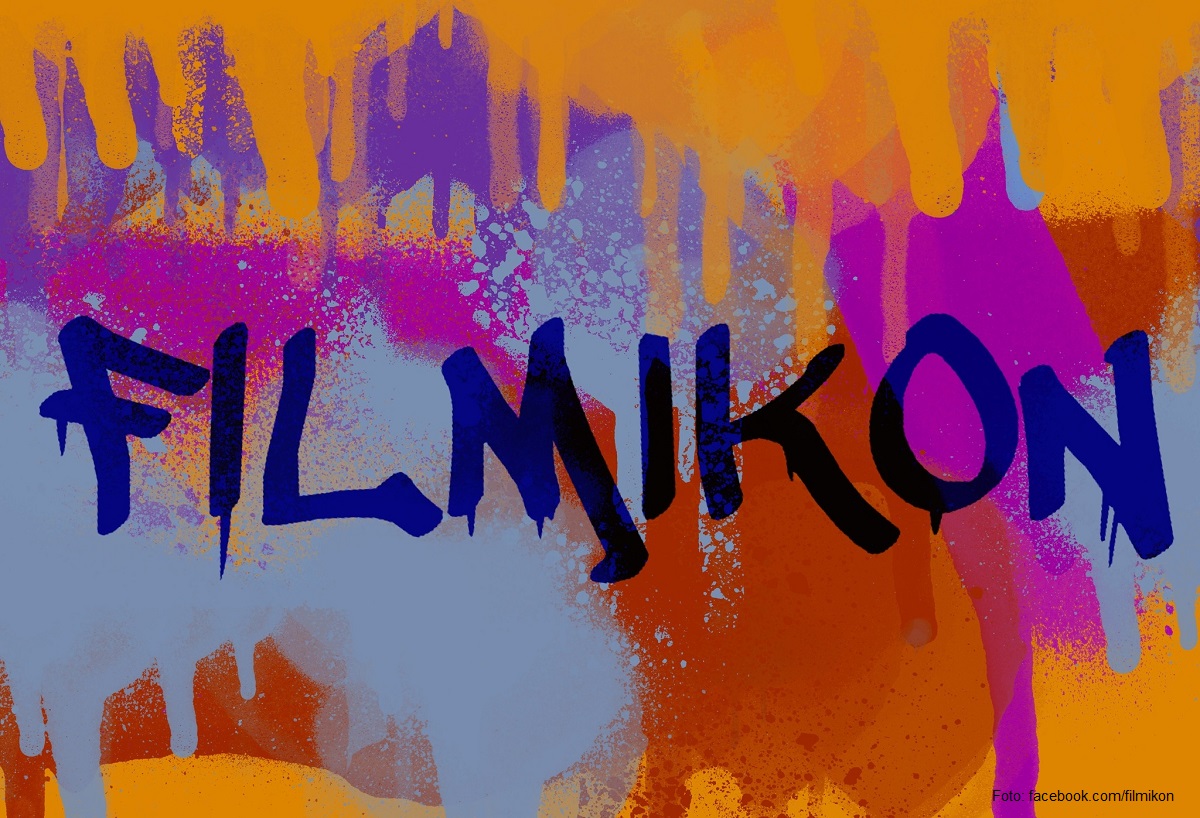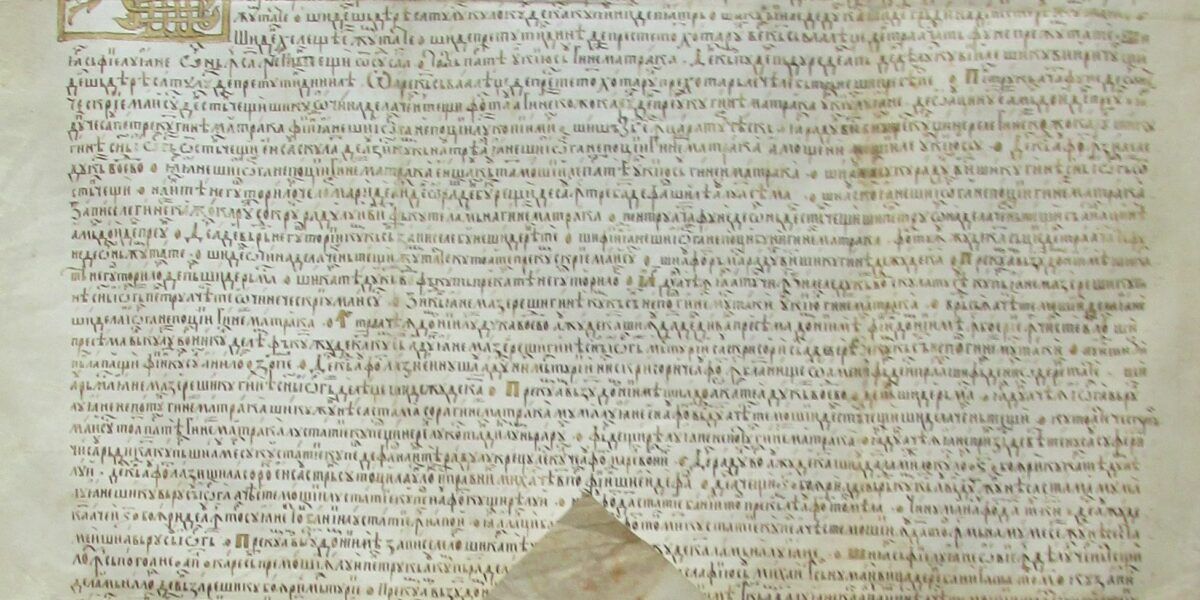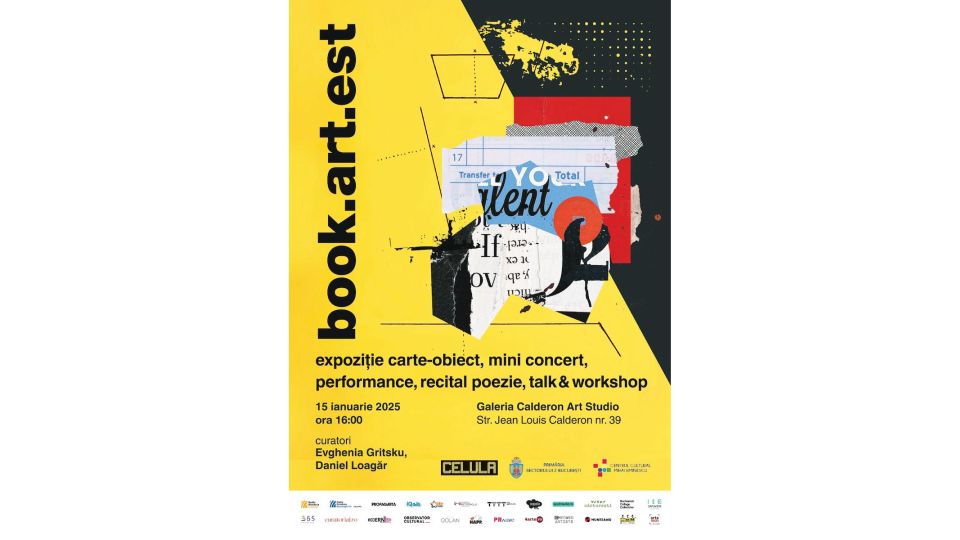Dance, an important part of the 2016 National Theatre Festival
The 26th National Theatre Festival was dedicated to choreographer Miriam Raducanu.
Luana Pleşea, 12.11.2016, 13:54
The 26th edition of the National Theatre Festival was dedicated to choreographer Miriam Raducanu, “a unique personality of the Romanian stage”. The festivals official opening was marked by the personality of another celebrated choreographer, Gigi Caciuleanu, through an exhibition entitled “Caciuleanu” and a show. Two of the three foreign guests invited at the 26th edition of the festival have been Angelin Preljocaj and Carolyn Carlson. This years programme has included several shows in which dance played an important part, with choreographies signed by Pal Frenak, Razvan Mazilu and Andrea Gavriliu. We may say that “dance was in the air” during the entire festival.
“When you dedicate a festival to such a personality as Miriam Raducanu, you dedicate it not only to dance but also to culture and beauty,” Gigi Caciuleanu, one of Romanias artistic personalities discovered and guided by Miriam Raducanu, has said. Born in 1924, Miriam Raducanu “revolutionized the art of dance in Romania by the manner in which she put together arts such as poetry or music, reunited (…) through the force and message of a unique body expression,” dance critic Gina Serbanescu has said.
“The dance maker”, as Gigi Caciuleanu prefers to be called, opened the National Theatre Festival and also closed it with the launch of a book entitled “Mirrors”, with texts that he has written along the years:
“I have always had the habit of writing on small pieces of paper, wherever I could find one. This is my way of writing down the dances that I choreograph. This is something I also said at the launch that this book is made up of dances, just like dances are made up of poetry and drawings. This is by no means a boring or difficult-to-read book. On the contrary, it includes poems worth telling. The volume is written in several different languages because I wrote many of the poems in languages other than Romanian. But I have translated into Romanian the poems written in French and I have rediscovered our beautiful language. And I wonder why is there Esperanto, when we have the Romanian language, that includes so many elements that could have unified an international language.”
The first two days of the festival saw on stage one of the most celebrated European choreographers – the Albanian-born French Angelin Preljocaj. After “Snow White”, Preljocaj presented the audience a show inspired by a Chinese fairytale. The show entitled “The Fresco” had its world premiere a month before its presentation at the National Theatre Festival.
Choreographer Angelin Preljocaj: “I was very interested in finding stories other than the traditional ones, which we usually use for romantic ballet, such as Cinderella and Swan Lake. I wanted to find out how stories are being told and what their message is in other cultures. And I came across this medieval Chinese fairytale, which is absolutely magnificent, as it approaches a very subtle issue, such as the one of representation or portrayal. Ultimately, this is the whole history of painting, a form of art dating back to the stone age, when prehistoric people used to draw hunting scenes on the caves walls, and up to the conceptual art of todays world. I find this history of painting and representation very interesting. At present, in the age of the Internet, we live representation in such an odd way. Moreover, this is a beautiful love story, a story dreamt by someone who falls in love with a representation.”
Choreographer Carolyn Carlson, an artist born in California who later settled in Paris, held a workshop during the National Theatre Festival and also presented two of her shows – “Short Stories” and “Now”. The latter is built on ideas such as “dance lives and dies now” or “we have the chance to change the world now”. Carolyn Carlson: VF TRACK : “I love Gaston Bachelard. Ive done three pieces with Gaston Bachelard. “Water and Dreams”, “Air and Dreams” and this is “Poetics of Space”. It talks about forest, intimacy and immensity. And then, I was telling my class: I started taking the metro, and nobody was there. Everyone is working on their cell phone, you know this is Paris (…) and Im just looking around, I come home, everyones pulling out their cell phone. And I thought – is anybody here? Really? Why cant you just look at people, enjoy the ride. Now I find were getting more distracted in life, theres too many things. So I said, Im goanna call this piece Now.”
Also at the 26th edition of the National Theatre Festival, dance was an important component of several theatre shows. Two of them presented on the last day of the festival were choreographed by Andrea Gavriliu and included in a show by Vlad Massaci, staged at the Sica Alexandrescu Theatre in Brasov and entitled “Dancing in the Dark”, after the famous film “Dancer in the Dark” by Lars von Trier. The second show, entitled “At Your Service, Fuhrer!” was staged by Mihai Maniutiu at the Aureliu Manea Theater in Turda, with Maia Morgenstern in the leading role. Andrea Gavrilius choreography creates an entire new world in the two shows.
“In Dancer in the Dark we have tried to create an as expressive a sonorous world as possible, because when someone is almost blind all other senses heighten, hearing in particular. In terms of body movement, I tried to express this idea through the fact that the rhythm and the sounds around us become deeper and have a certain effect on our body. Thats why I chose a very suggestive music in which the apparently common sounds that we hear every day around us turn into music. At Your Service, Fuhrer! is a completely different story. It is about the destiny of a woman brought up in the Nazi ideology, but who wanted to do good, although this regime was catastrophic for mankind. In terms of choreography, I have tried to develop a language inspired from the rigors of the Nazi regime.”
Andrea Gavriliu tells us more about the poignant presence of dance in the 26th edition of the National Theatre Festival:
“Everything that an actor does in building his or her character includes a highly important choreographic component. And I believe this fact should be more and more visible for theater creators and audiences alike.”
In turn, talking about that, Gigi Caciuleanu has said:
I find it very symbolic and Im very happy for being part of this theatre festival, as dance is a particularity of the generality called theatre.”

